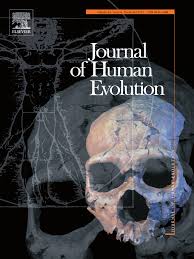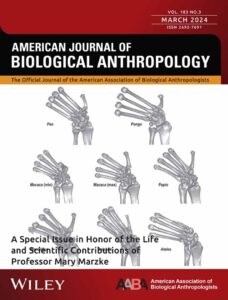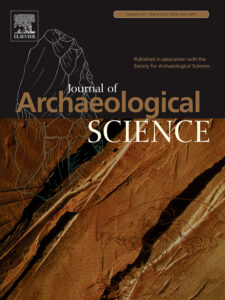Our new work lead by Rita Sorrentino from Prof. Stefano Benazzi research lab, titled “The influence of mobility strategy on the modern human talus” published today in the American Journal of Physical Anthropology, shows that constraining footwear in post-industrial society influenced the morphology of the talus, the bone that makes up part of the ankle joint. This seems to have reduced the range of motion at our ankle joint. In contrast, barefoot hunter-gatherers were characterised by more flexible feet, better adapted to walk, run or jump on uneven terrains. Therefore, the morphology of the talus in modern humans was most likely shaped by locomotor and cultural behaviours.

Were Neanderthal’s teeth truly adapted to resist to heavy mechanical loads? Our new study published in the Journal of Human Evolution
Our new study on the biomechanics of Neanderthal’s anterior dentition has been recently published in the Journal of Human Evolution. Neanderthal anterior teeth are very




